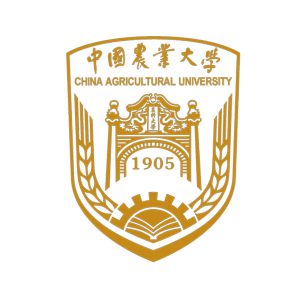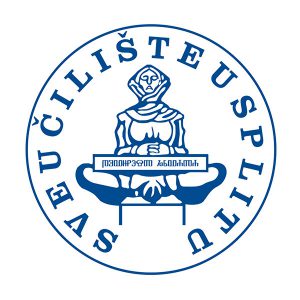Fruit flies’ spread poses socioeconomic threat to global + EU fruit production and trade
Why fruit flies?
Mediterranean fruit fly (medfly), the Oriental fruit fly (OFF) and the peach fruit fly (PFF) have been recently detected in Europe in very low numbers.
Because of the huge economic impact on fruit trading in case of invasion, fruit flies are a delegate issue often involving major political decisions and intense debates on scientific and regulatory aspects.
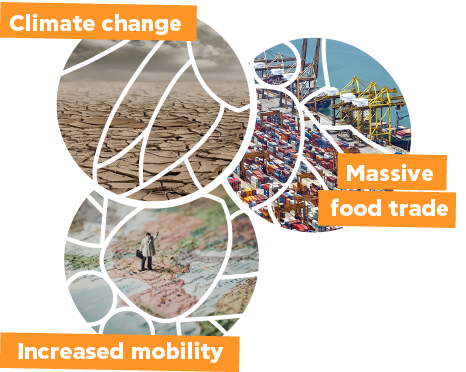

Which are the reasons?
Such invasive pests affecting food production is not new, but the number is on the rise because of several reasons, including an increase in international and intercontinental trade and travel. On top of this, climate change aggravates the problem.
Because of changing conditions (rising temperatures, persistent droughts, fewer days of frost, and snow) within Europe, climatic barriers disappear providing opportunities for pest organisms to spread to other parts of the continent.
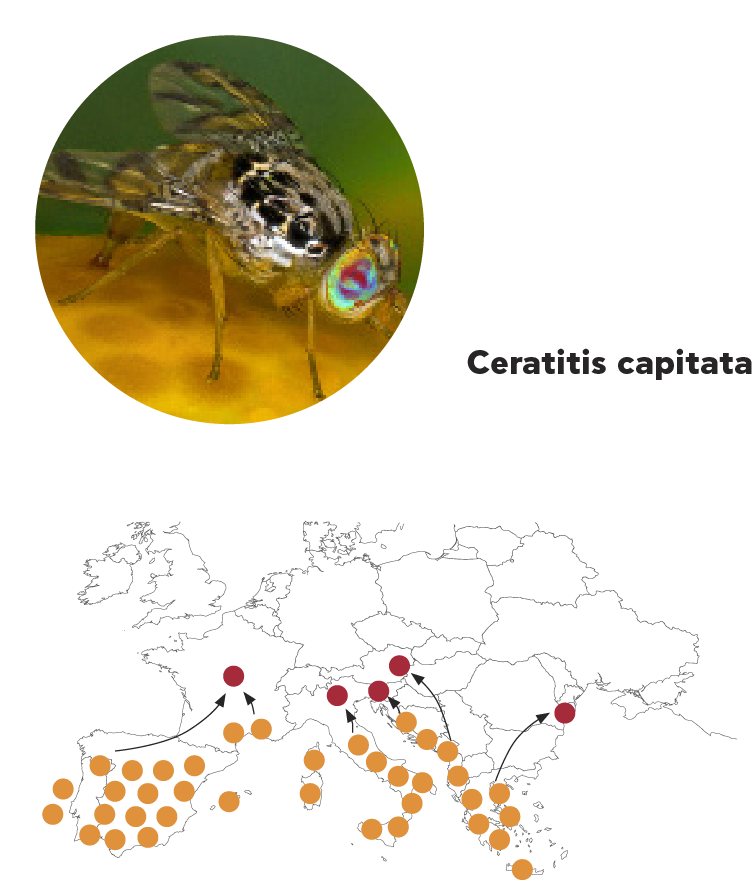
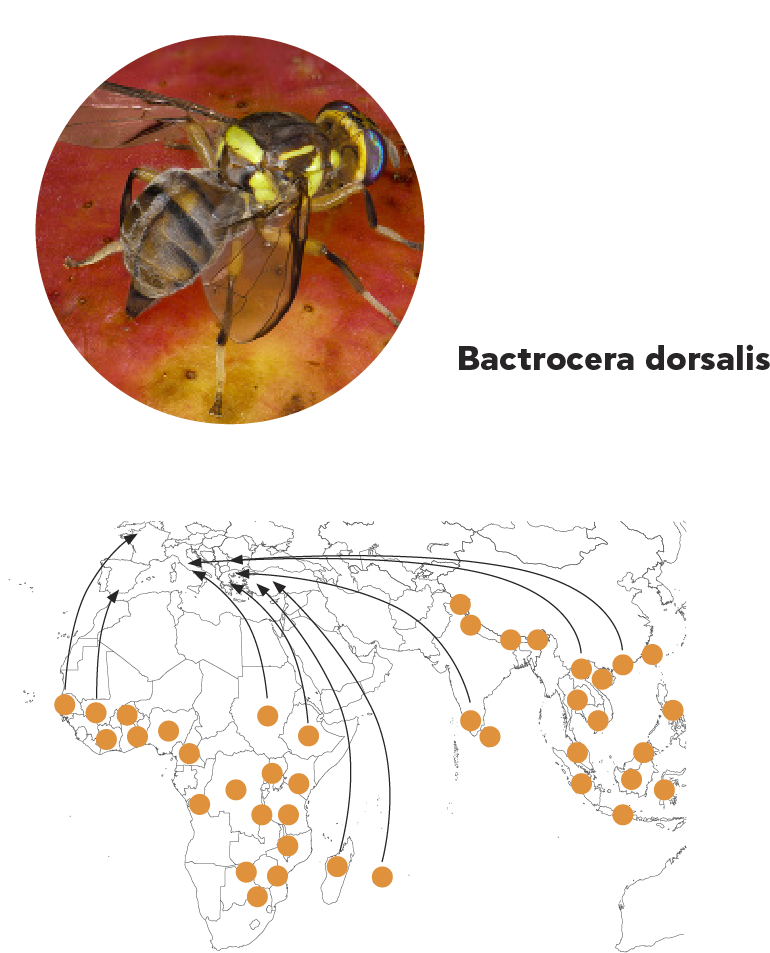

Ceratitis Capitata has been established and thriving in the Mediterranean coastal and warmer temperate areas but in recent years, responding to climate warming that relaxes climatic barriers to establishment, populations have gradually spread to northern areas, previously thought too cold to allow population persistence. Bactrocera Dorsalis and Bactrocera Zonata (both of Asian origin) are not yet established in mainland Europe but are rapidly spreading towards it. Introduction of such fruit flies into Europe is possible via overland routes and natural dispersal, through air or sea transport. It is also frequently intercepted in fruits imported into Europe.




